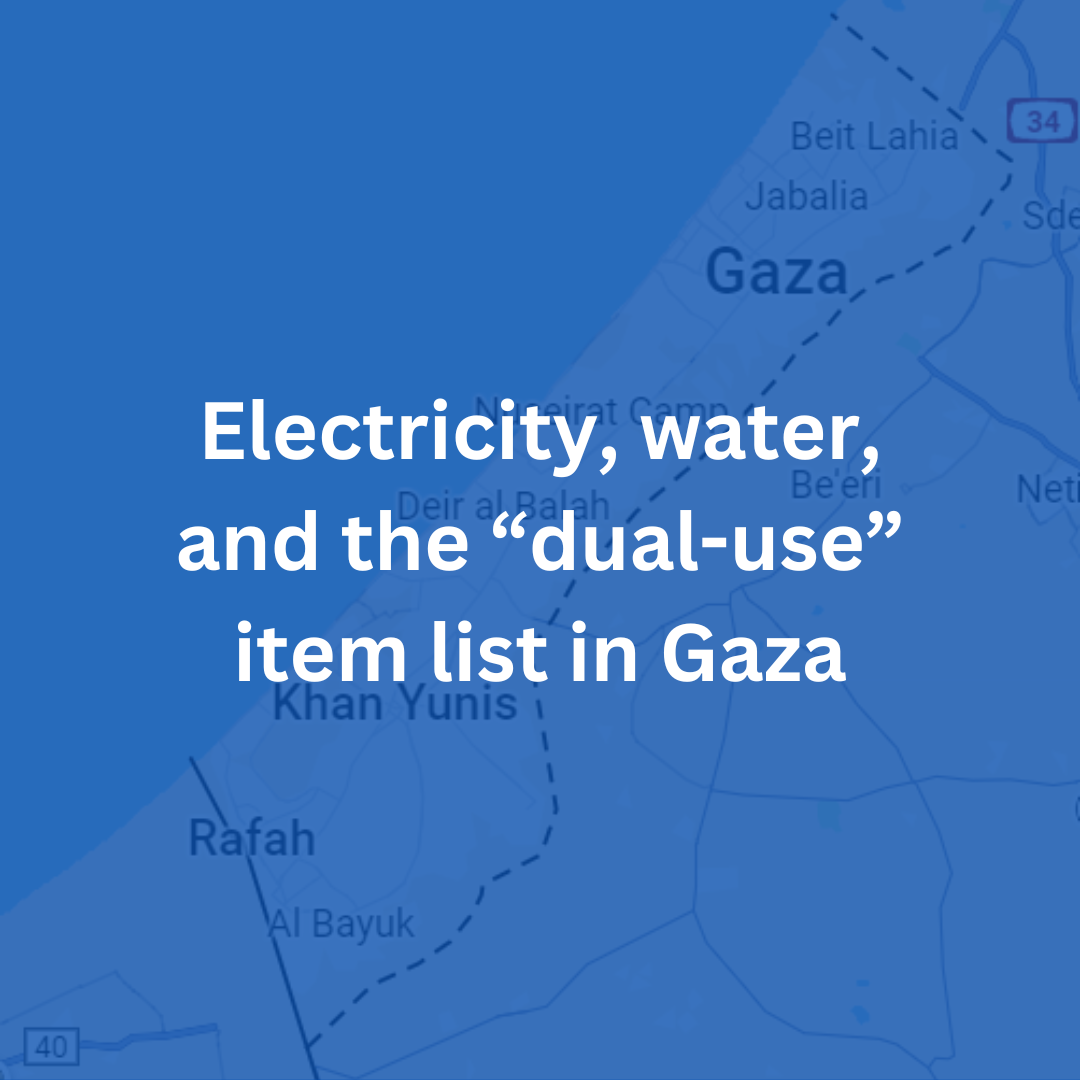Today, 2.2 million people live in the Gaza Strip, a small area formed between 1948-49. The Majority of residents, 81% of Palestinians who live in the Gaza Strip today are either refugees from 1948 or descended from them.
I have never seen my family’s home in Ramle, and my children have never seen anything beyond the confines of Gaza and the siege.
– Ahmed Abu Artema
Historically, Gaza was a district in Palestine during the Ottoman rule and during the British Mandate. It covered areas larger than that of the Gaza Strip today.
The area that eventually became the Gaza Strip started to take shape in October of 1948, after Israel launched Operation Yoav, in which Israel successfully forced Egyptian forces to retreat from the area north of Beit Hanoun through Isdud (today Ashdod), and broke the Egyptian West-East frontline capturing the city of Bir Saba’ (today Be’er Sheva).
The UN had designated both areas for a Palestinian state in the partition plan. These areas were almost fully Palestinian.

Armistice Agreement
The Israel–Egypt Armistice Agreement of February 24, 1949 established the line of separation between Egyptian and Israeli forces along the lines that each army’s troops held in that moment. During the war, the area that became the Gaza Strip was considered a safe haven for refugees, as little fighting occurred there.
Israel did not allow these refugees to return to their homes and communities, and the army continued to transfer some Palestinians to the strip into 1950.
Change in Population
At the outset of the war in 1948, the population of the Gaza region was 60,000 – 70,000. By the end of the war, there were at least 200,000 refugees in the Gaza Strip. This expulsion of Palestinians from their communities is known as the Nakba, or the catastrophe – and those who were displaced to Gaza experienced a loss of community, family ties, culture, social order, political representation, and wealth.
To this day, many Palestinian refugees will state where they are from by first mentioning the name of the village that their families were expelled from. This open wound and political injustice still exist today.
Egypt did not annex the Gaza Strip in 1949 but rather Egyptian authorities ruled the strip with a military occupation between 1949-1967. Egypt acted with political disinterest and, at times, hostility towards the strip, often viewing the refugee population as a burden and pushing policy to keep the Gaza Strip separate from the Country of Egypt.
The Gaza strip has not been part of a sovereign country since 1948.
By Zero0000 - Own work, CC BY-SA 3.0
Sources and Continued Reading

Zochrot.org.il including on Isdud and Majdal, Bir al-Saba , and the Gaza Governate



With the Great Return March, Palestinians Are Demanding a Life of Dignity – Ahmed Abu Artema


